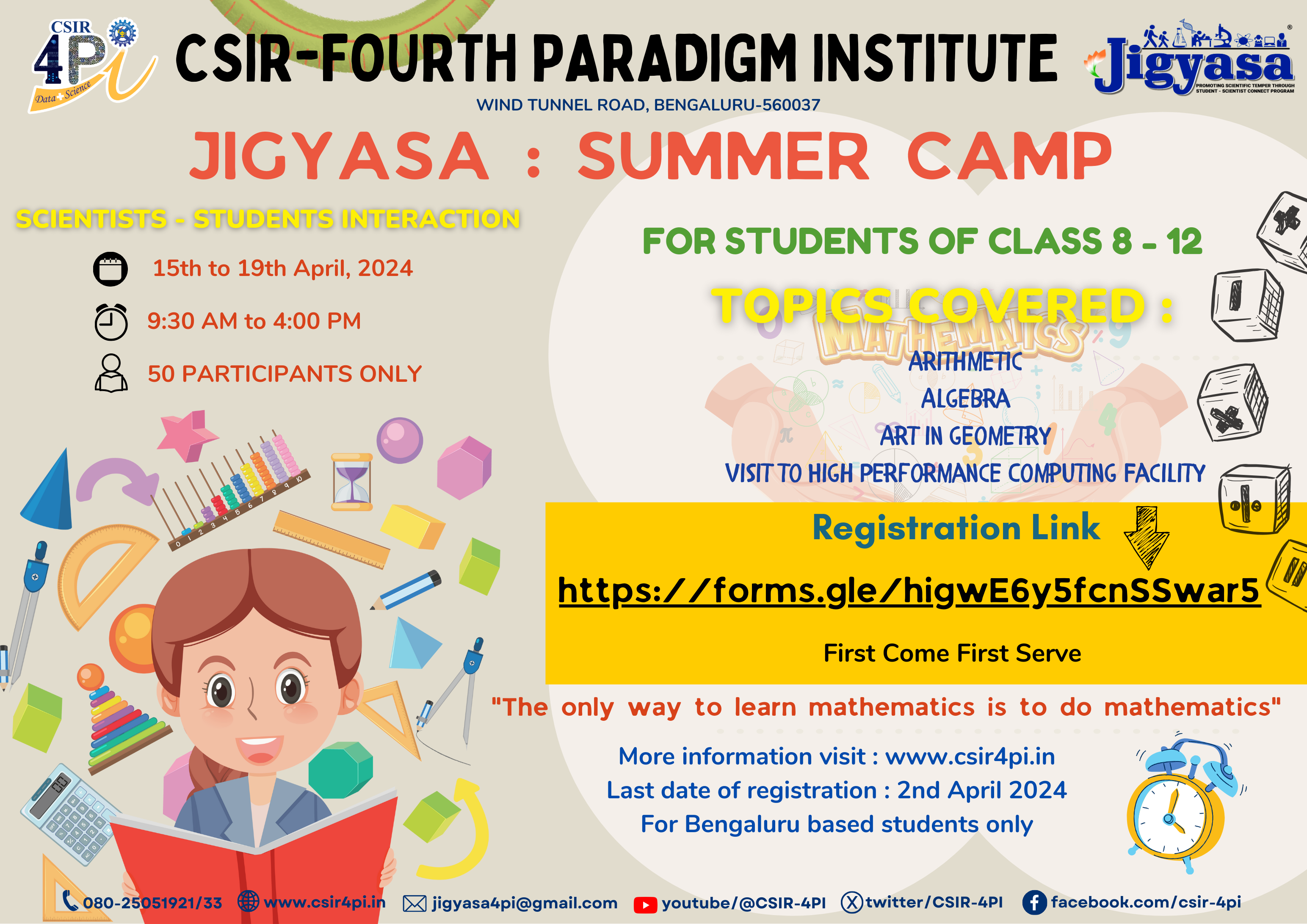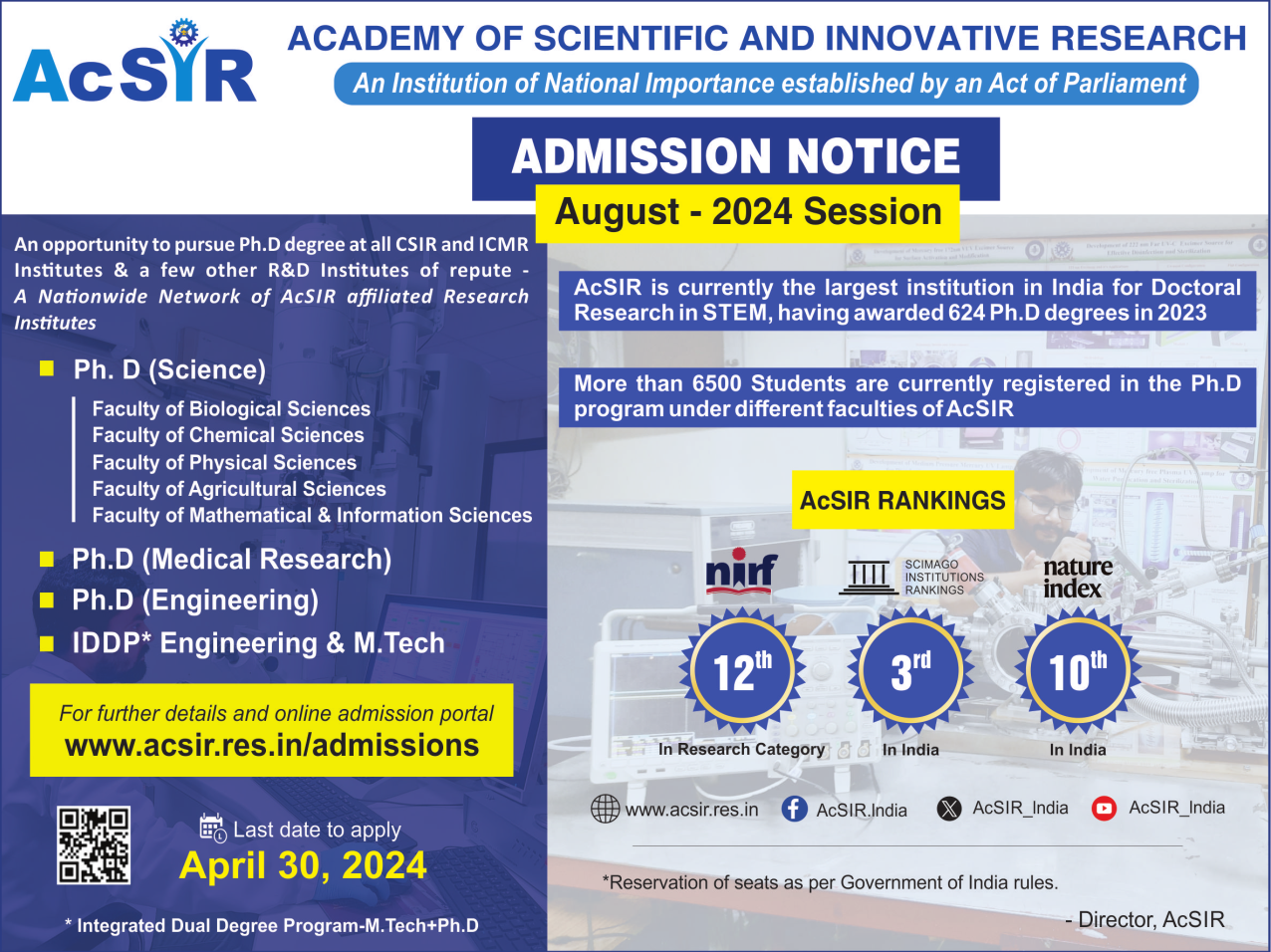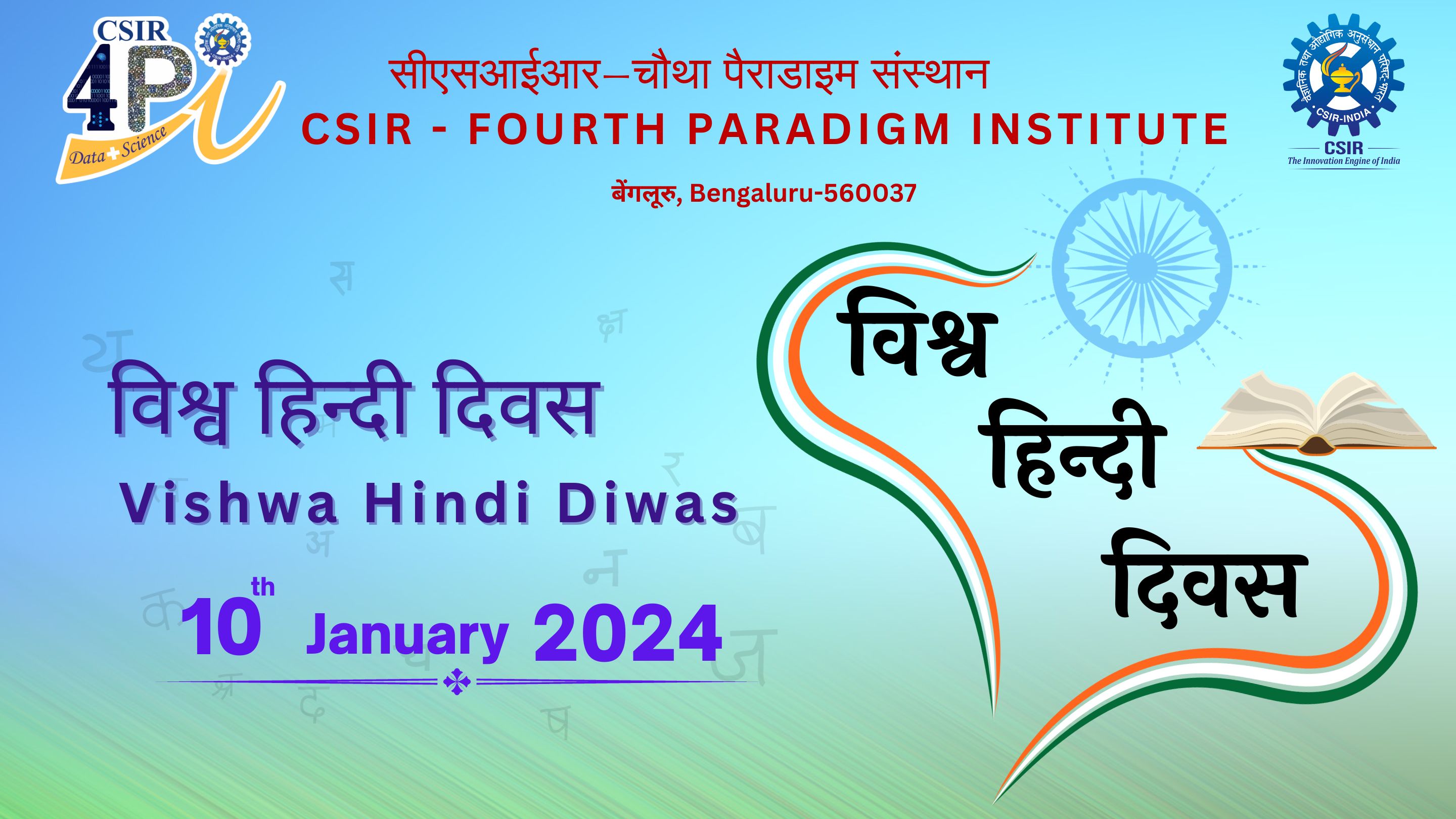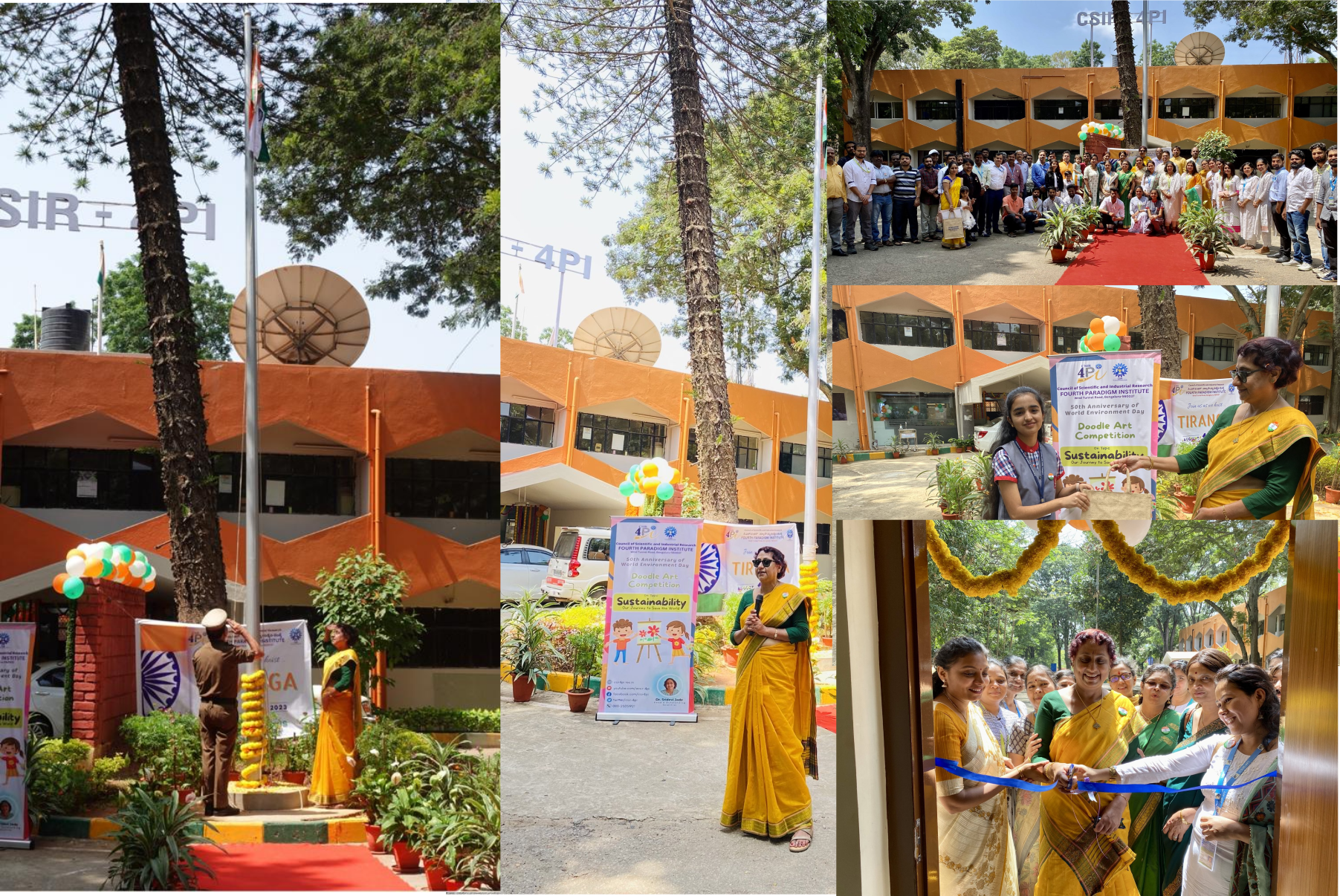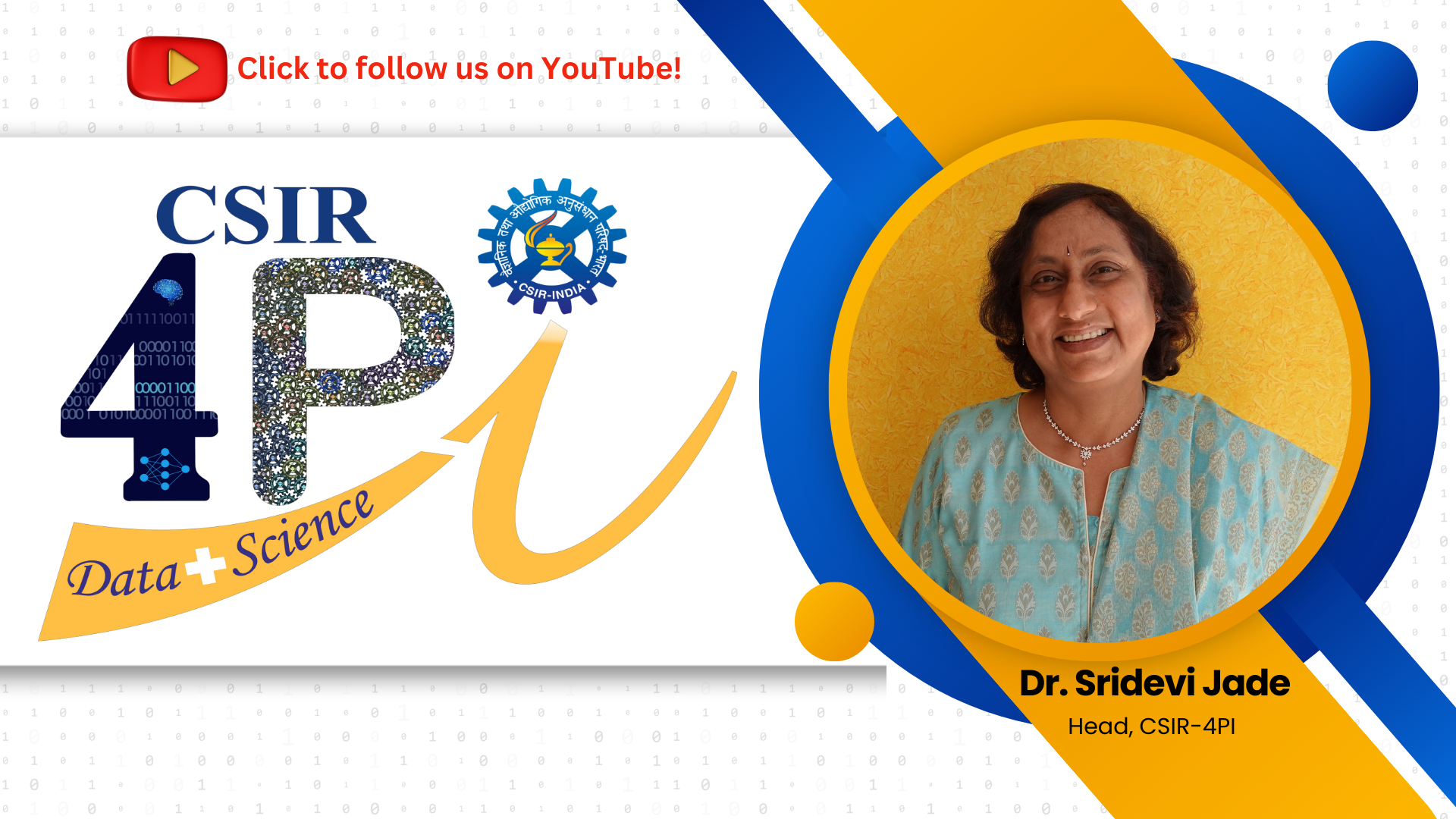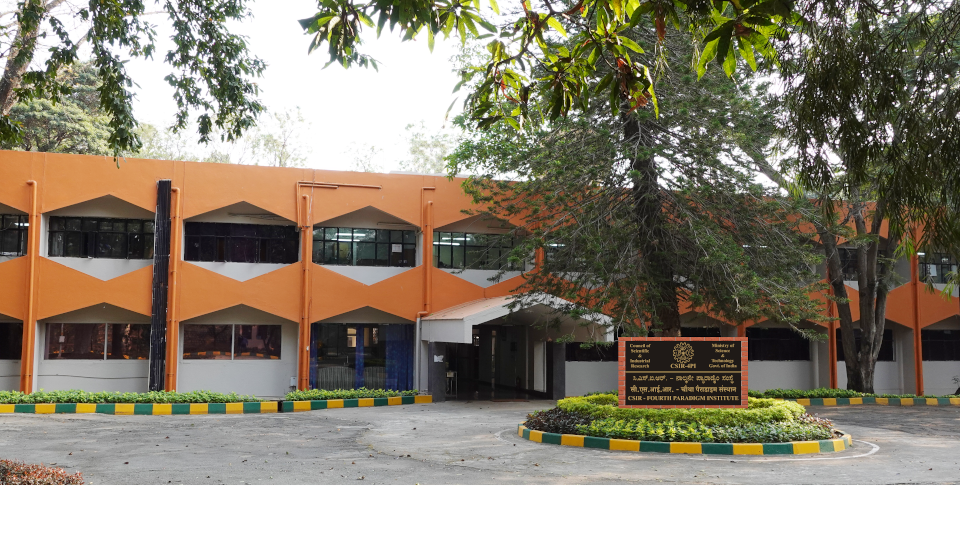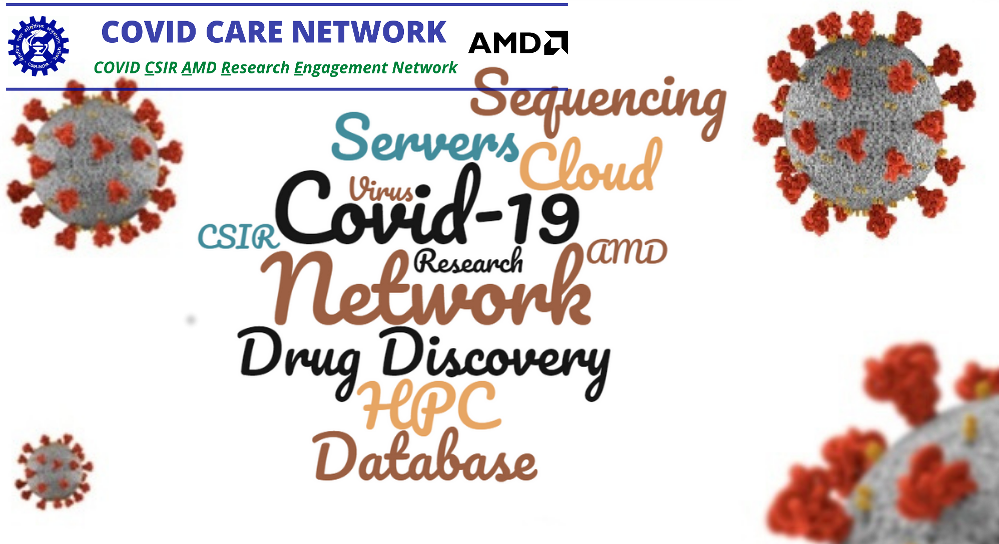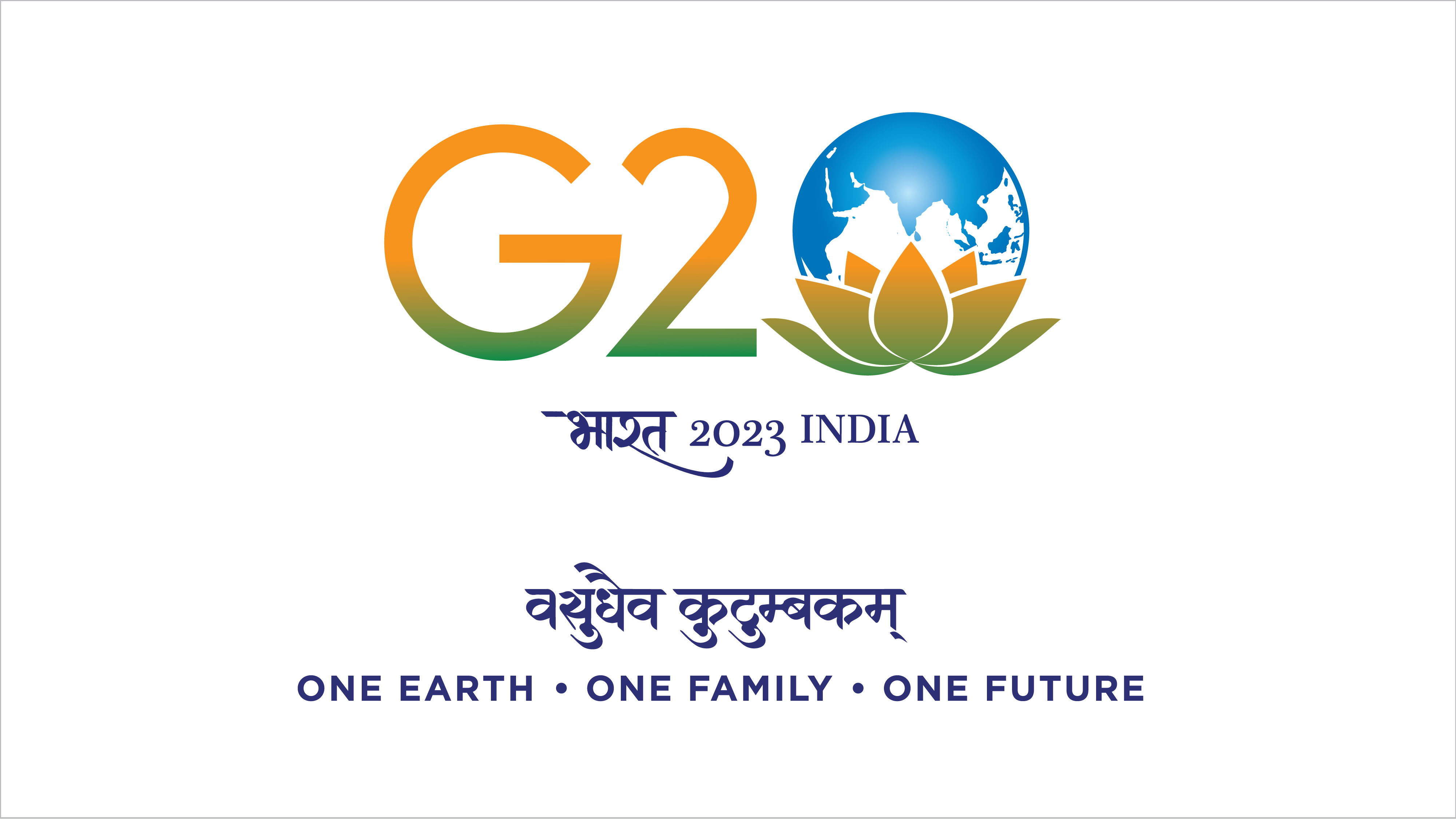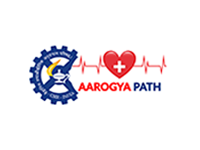by Dipjyoti Patgiri, Rahul Rathi, Virendra Yadav, Sumanta Sarkhel, Dibyendu Chakrabarty, Subarna Mondal, M.V. Sunil Krishna, Arun K. Upadhayaya, Chiranjeevi G. Vivek, Suresh Kannaujiya, Surendra Sunda
Abstract
In this study, we report a special event of nighttime southwestward propagating medium scale traveling ionospheric disturbances (MSTIDs) observed in O(1D) 630.0 nm airglow images from an all-sky imager at Hanle (32.7°N, 78.9°E; Mlat. ∼ 24.1°N), Leh Ladakh, India on a geomagnetically quiet (Ap = 7) night of 15 September 2018. The time sequence of airglow images unveiled two dynamic interactions between multiple dark bands of MSTID. Following the first interaction, one of the interacting bands decayed possibly due to the entrance of plasma from the ambient higher plasma density region. Shortly after this interaction, the other interacting dark band was involved in the second interaction with a third dark band which resulted in the co-alignment of the two interacting bands. Following this co-alignment, one of the bands started rotating prominently that led to further separation of these two co-aligned bands. These changes in the MSTID phase fronts (bands) are explained based on the development of the polarization electric fields arising out of the interactions. This investigation combines the all-sky 630.0 nm airglow imaging observations with TEC maps constructed, for the first time over the Indian sector, from 67 Global Navigation Satellite System (GNSS) measurements to capture the MSTID over this region. The investigation reveals a few important features of self-interactions of MSTID bands over the geomagnetic low-mid latitude transition region which is important to assess their impact over low latitudes.


